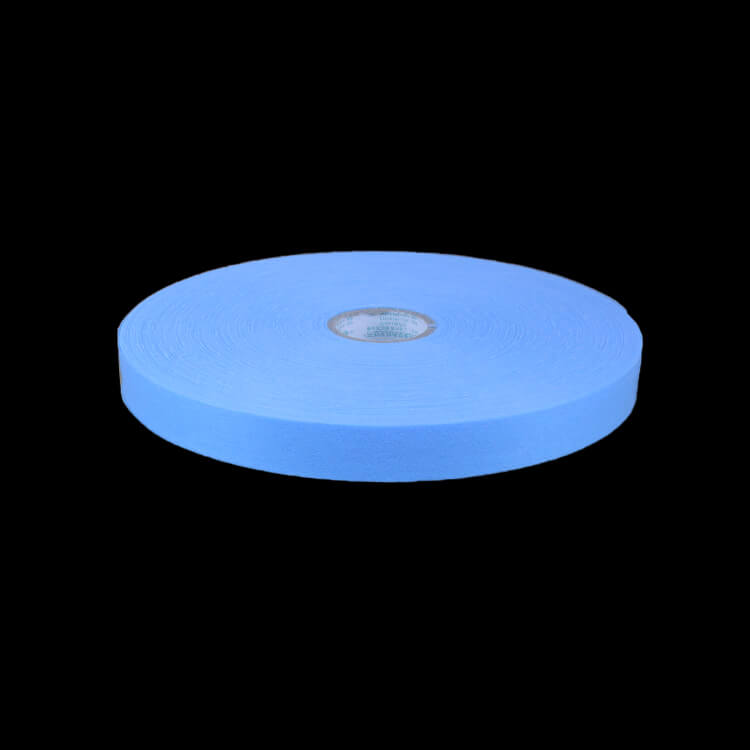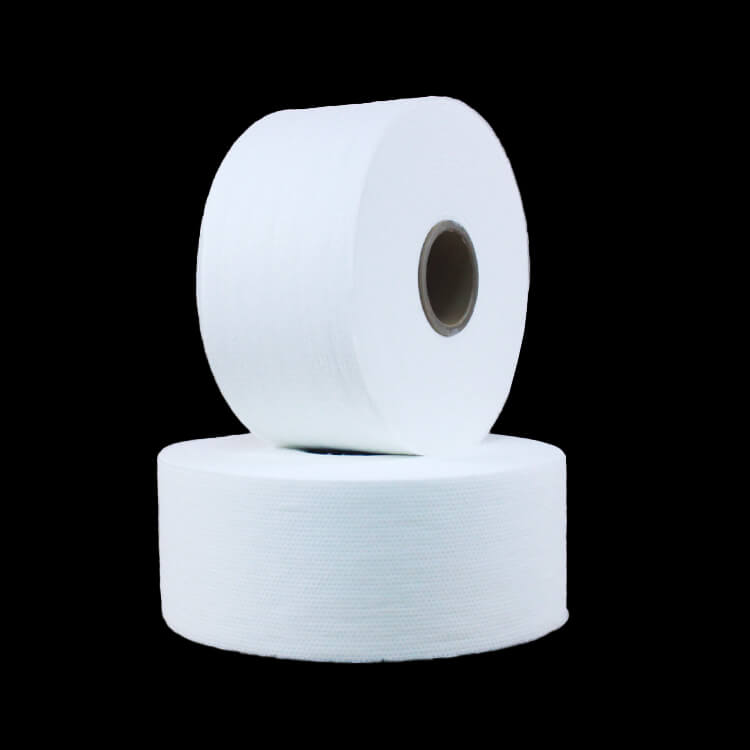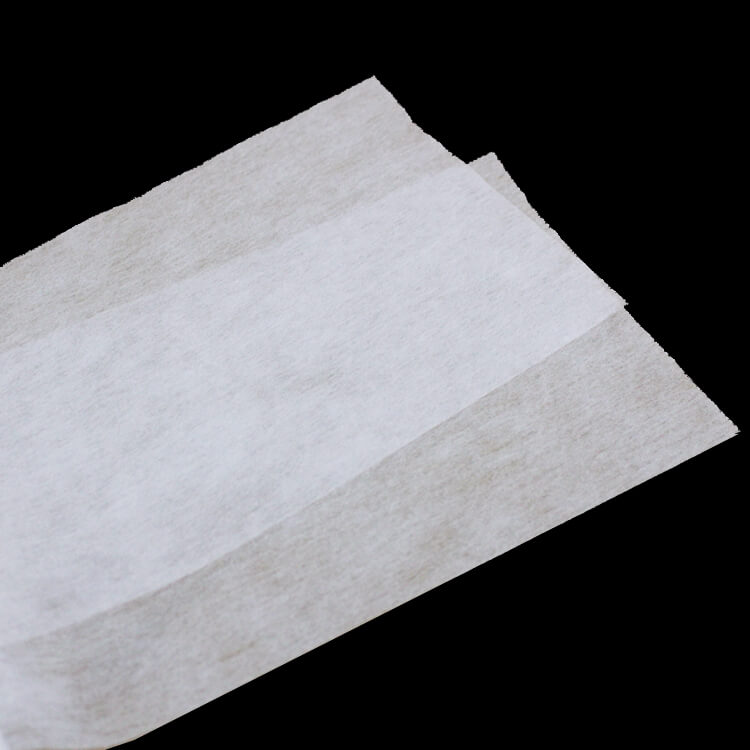Author:Baby & Adult Diaper Materials FROM:Diaper Materials Manufacturer TIME:2023-09-26
Sustainable Absorbent Technology for Material Sanitary Pads

In recent years, there has been an increasing global focus on sustainability and reducing the environmental impact of everyday products. One area that has received particular attention is feminine hygiene products, such as sanitary pads. Traditional sanitary pads are made from a combination of petrochemical-based materials, synthetic fibers, and plastic components, making them non-biodegradable and contributing to plastic waste. To address this issue, sustainable absorbent technology has emerged as an innovative solution, offering eco-friendly alternatives for menstrual hygiene products.

The first significant advancement in sustainable absorbent technology for material sanitary pads is the use of natural and biodegradable materials. Instead of synthetic fibers like rayon or polyester, these pads are made from organic cotton, bamboo, or plant-based materials. These natural materials are not only more comfortable and breathable but also biodegradable, reducing their environmental impact. Additionally, they eliminate the need for petroleum-based plastics, further reducing the carbon footprint of the product.

Superabsorbent polymers (SAPs) are another key component of sustainable absorbent technology used in material sanitary pads. SAPs have an exceptional ability to absorb and retain liquids, making them highly effective in managing menstrual flow. What sets sustainable SAPs apart is their composition. While traditional SAPs are derived from petroleum-based sources, sustainable SAPs are made from renewable resources such as plant starches or algae. By replacing fossil fuel-derived materials with sustainable alternatives, these pads reduce reliance on non-renewable resources and lessen environmental harm.
One common concern with traditional sanitary pads is the plastic leakproof layer, which contributes to non-biodegradable waste. However, sustainable absorbent technology offers innovative solutions in the form of biodegradable leakproof layers. These layers are made from materials like polylactic acid (PLA), a bioplastic derived from renewable resources. PLA is compostable and breaks down naturally over time, minimizing its impact on the environment. By incorporating biodegradable leakproof layers, material sanitary pads become more sustainable and reduce their contribution to plastic waste.
Sustainable absorbent technology has ushered in a new era for material sanitary pads by offering eco-friendly alternatives that address the environmental concerns associated with traditional products. By utilizing natural and biodegradable materials, introducing sustainable superabsorbent polymers, and incorporating biodegradable leakproof layers, these pads significantly reduce their carbon footprint and contribute to a more sustainable future. With ongoing research and development, it is expected that sustainable absorbent technology will continue to advance, providing even more innovative and environmentally friendly solutions for menstrual hygiene products.

 Email: info@whldiapernonwoven.com
Email: info@whldiapernonwoven.com
 MP/WhatsApp: +86-13599937366
MP/WhatsApp: +86-13599937366
 Manufacturer Address:Room 1105B, Bld M1, Manhattan, Yulongwan, Shimao, Shuanglong Road, Meiling Street, Jinjiang, Fujian, China
Manufacturer Address:Room 1105B, Bld M1, Manhattan, Yulongwan, Shimao, Shuanglong Road, Meiling Street, Jinjiang, Fujian, China